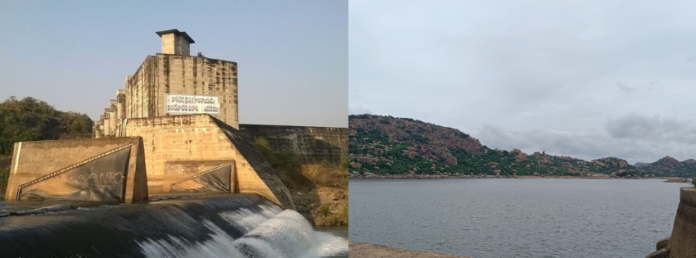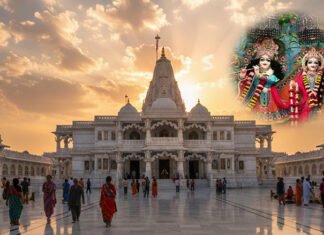Introduction:
The Janjhavati Reservoir is an important irrigation project situated in Rajyalakshmipuram village of Komarada mandal in Vizianagaram district, Andhra Pradesh. Janjavathi Rubber Dam Constructed on the Nagavali River, a tributary of the Vamsadhara, the reservoir is notable for being home to the country’s first rubber dam. This innovative structure was inaugurated on January 1, 2006, by the then Chief Minister of Andhra Pradesh, YS Rajasekhara Reddy. Despite its innovative features, the project faces significant challenges due to land acquisition issues and ongoing inter-state disputes with Odisha.
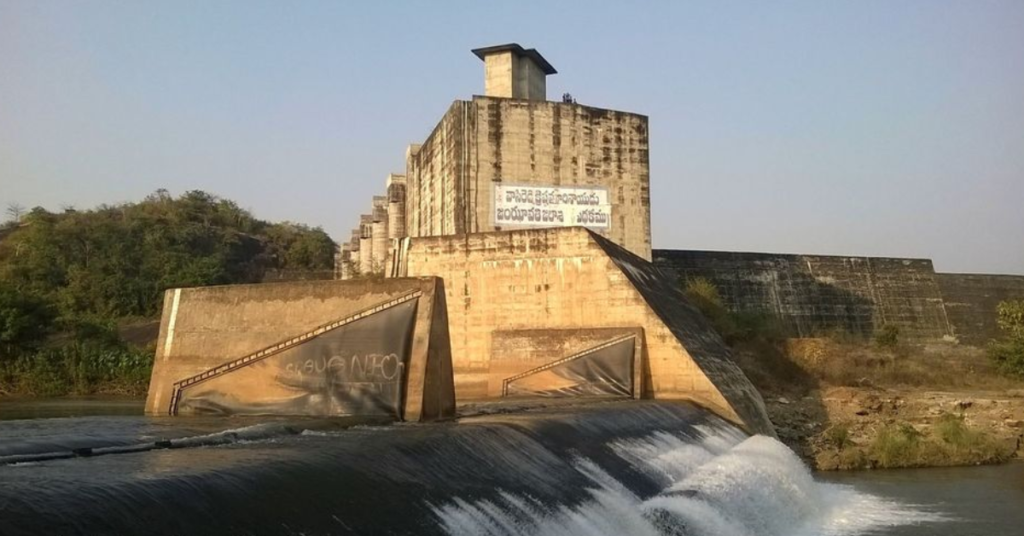
The Vision Behind Janjhavati Project:
In 1976, authorities launched the Janjhavati project to irrigate approximately 24,640 acres of agricultural land in the Vizianagaram district. The project was expected to boost agriculture in the region by providing water to farmlands in Komarada, Parvathipuram, Sitanagaram, Garugubilli, and Makkuva mandals.
Initially, the project was estimated to cost around Rs. 13.50 crore, with plans to construct a traditional dam. Disputes with Odisha over land submergence issues delayed the dam’s completion for several decades.
Also read: Discover Ethipothala Falls The Hidden Gem of Andhra Pradesh
Janjhavati Rubber Dam: A Game Changer:
In 2005, in a bid to provide interim irrigation solutions, the government decided to construct a Janjavathi rubber dam India’s first on the Nagavali River. The rubber dam, which can store 4 TMC (thousand million cubic feet) of water, irrigates about 25,000 acres of agricultural land.
The rubber dam structure offers an innovative solution, allowing operators to inflate or deflate it based on water flow and the needs of the downstream fields.
On January 1, 2006, officials dedicated the dam to the nation, providing farmers with temporary relief by giving them access to partial irrigation. However, the project has yet to achieve its full irrigation potential due to ongoing issues with the construction of the main canals.
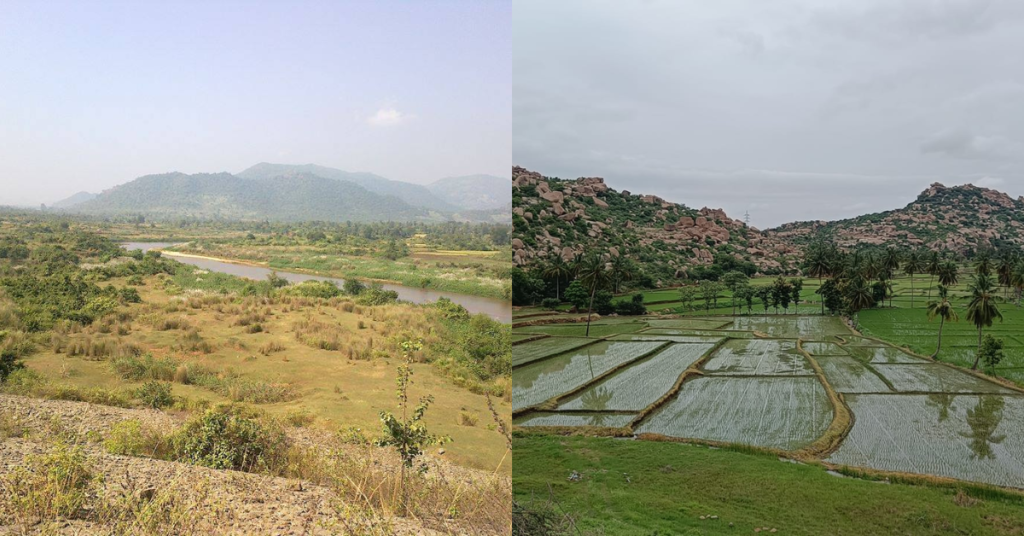
Also read: Ultimate Guide to Adventure Places in Hyderabad: A Three-Day Itinerary
Features and Benefits of the Janjhavati Reservoir:
- Irrigation Benefits: Once fully operational, the Janjhavati Reservoir will provide irrigation to about 25,000 acres of agricultural land in Vizianagaram district. This is expected to significantly improve agricultural productivity in the region, benefiting thousands of farmers.
- Water Storage Capacity: The reservoir has a capacity of 4 TMC of water, making it a vital resource for the region, particularly during periods of low rainfall.
- Rubber Dam Innovation: The rubber dam is an inflatable structure that can be raised or lowered depending on water levels. This flexibility allows for better water management, especially during the monsoon season.
- Flood Control: In addition to its irrigation benefits, the reservoir also helps in regulating floods in the downstream areas of the Nagavali River.
Challenges Faced by the Project:
Despite the promise of the Janjhavati project, its implementation has been fraught with challenges. Particularly due to a long-standing dispute with the state of Odisha. A joint survey by the irrigation, forest, and revenue departments of Andhra Pradesh and Odisha identified that the construction of the Janjavathi rubber dam would submerge around 1,175 acres of land in Odisha, displacing about 250 families. The submerged areas include villages and farmlands in the Kappalada and Alamanda panchayats of Bandugam block in Koraput district, Odisha.
Also read: Singur Dam: One of the best Jewel of Telangana:

The Odisha government has consistently refused to cede even a small portion of land for the project. Citing concerns over displacement and loss of agricultural land. Irrigation officials from both states have held numerous discussions over the past four decades, yet they have failed to resolve.
This Janjavathi rubber dam has led to significant delays in the completion of the project. With the estimated cost rising tenfold over the years.
Efforts to Resolve the Dispute Janjhavathi River:
In 2015, a high-level delegation from Andhra Pradesh, including Union Minister Ashok Gajapathi Raju, MLC Dwarapureddy Jagadish, MLA Chiranjeevulu, and MP Rammohan Naidu, met with the Odisha Chief Minister Naveen Patnaik to discuss a solution.
They presented a package to compensate the displaced families in Odisha and outlined the benefits of completing the project. While Odisha expressed a willingness to address the issues, the dispute remains unresolved.
Also read: Discover the Top Scenic Spots in Karimnagar: A Complete Travel Guide
Progress and Recent Developments:
Despite these challenges, the Andhra Pradesh government has continued to push for the completion of the Janjhavati Reservoir. In 2016, the state government released Rs. 39 crore to resume construction work on the canals. According to project officials, about 23 kilometers of canals remain to be excavated.
However, progress has been slow due to various factors, including the lack of compensation for farmers who have given up their land for the canal construction.
On June 6, 2017, farmers from Tulsiramanaiduvalasa and Gollavanivalasa villages blocked the ongoing canal work, demanding compensation for their land. They made it clear that construction will only continue once they receive fair compensation.
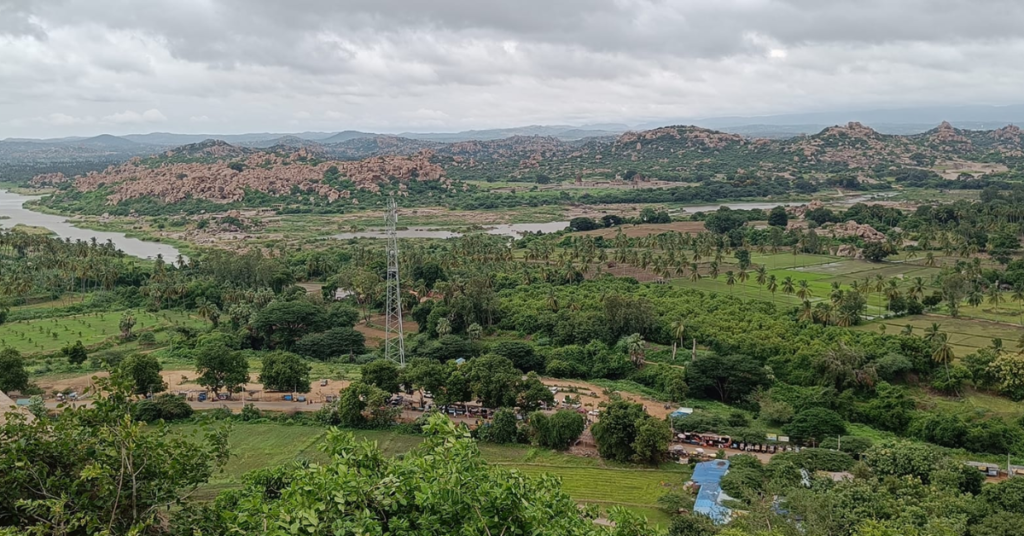
Also read: The Story Behind Lower Manair Dam A Historical Perspective
The Future of Janjhavati Reservoir:
The Janjhavati Reservoir holds immense potential for transforming the agricultural landscape of Vizianagaram district. With proper funding and timely construction, and resolving the inter-state dispute, the reservoir will directly provide reliable irrigation for thousands of farmers. It will boost agricultural output and improve livelihoods in the region.
What’s more, this project will ensure that farmers benefit from enhanced water supply. Furthermore, the increased agricultural production will stimulate local economies. Finally, the completion of this project will lead to long-term sustainability and food security for the region, and in addition, foster better relationships between the neighboring states.
Once completed, the Janjavathi Rubber Dam Project will not only offer irrigation benefits but also help in flood management and water conservation. The rubber dam technology used in the project showcases India’s capability for innovative infrastructure solutions.
Janjavathi Rubber Dam location:
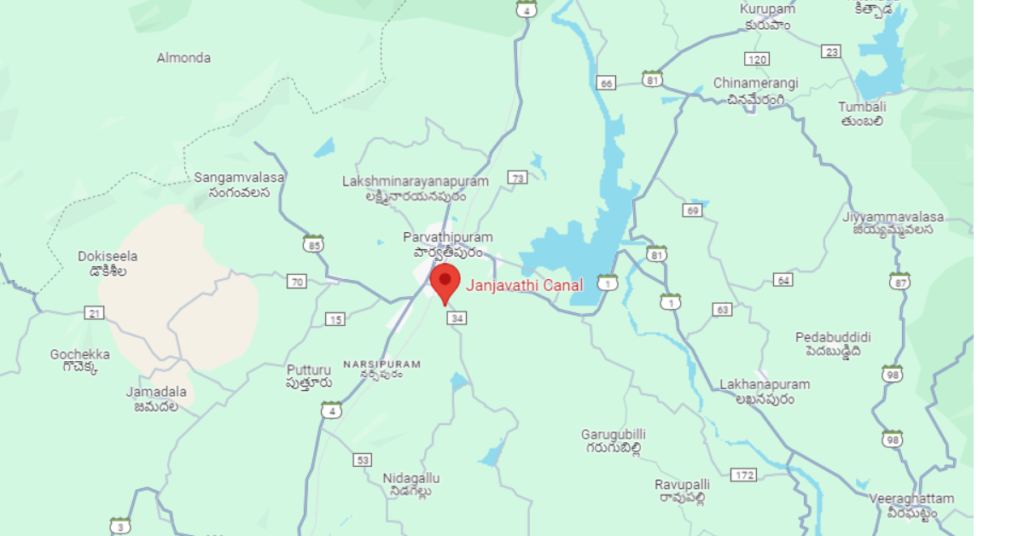
Nearby Attractions:
- Kumili Temple, Vizianagaram
- Bobbili Fort:
- Punyagiri Temple, Vizianagaram:
- Mogadalapadu Beach:
- Vizianagaram Fort:
Conclusion:
The Janjhavati Reservoir project, despite its challenges, remains a crucial initiative for the people of Vizianagaram district. The innovative use of a rubber dam, coupled with the promise of better irrigation facilities, makes this project a game-changer for the region’s agriculture.
However, the resolution of the land dispute with Odisha is essential for the project’s completion and success. The future of the Janjhavati Project depends on continued efforts by both states to find common ground and prioritize the welfare of the displaced communities and the farmers relying on the project for irrigation.
Frequently Asked Questions(FAQs):
Answer: The project aims to provide irrigation for approximately 25,000 acres of agricultural land in Vizianagaram district.
Answer: The reservoir features India’s first inflatable rubber dam, designed for flexible water management.
Answer: Interstate disputes with Odisha over land submergence and compensation have delayed the project.
Answer: Once completed, it will improve irrigation, boost agricultural productivity, and help with flood control.
Answer: Attractions include Kumili Temple, Bobbili Fort, Punyagiri Temple, Mogadalapadu Beach, and Vizianagaram Fort.

